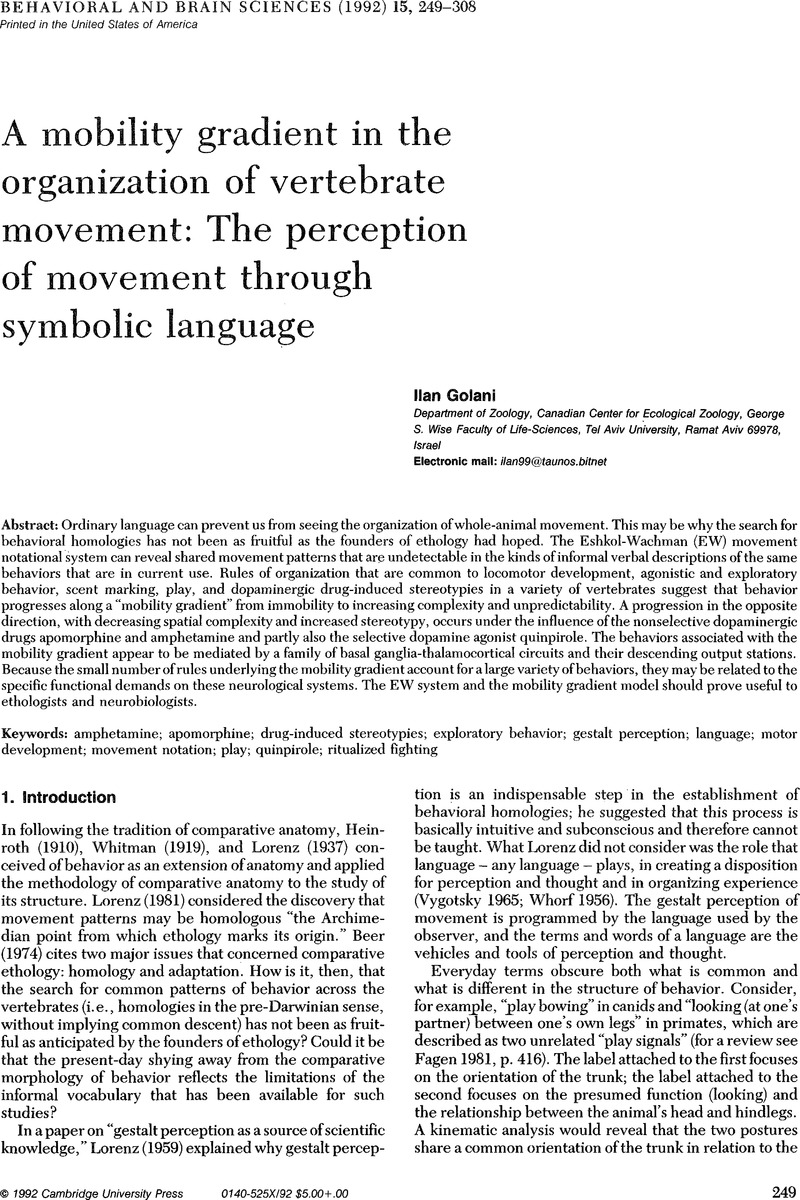Lyon, M. &
Magnusson, M. S. (
1982) Central stimulant drugs and the learning of abnormal behavioral sequences.
Behavioral models and the analysis of drug action, Proceedings of the 27th OHOLO Conference, Zichron Ya'acov, Israel, March 28–31, ed. M. Y. Spiegelstein & A. Levy. Elsevier. [ML]
Google Scholar 